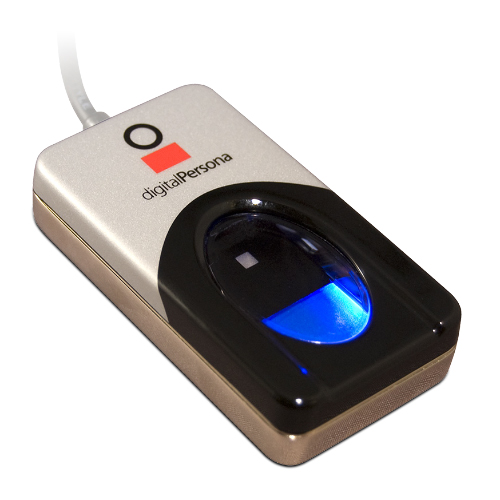In an increasingly digital and security-conscious world, access control systems have become a vital component for safeguarding sensitive information, physical spaces, and digital assets. Among the various technologies available, HID fingerprint readers have emerged as a cutting-edge solution that offers a myriad of benefits. These biometric devices have redefined access control, providing a seamless and secure means of authentication. In this article, we will delve into the advantages of HID fingerprint readers and why they are gaining popularity across diverse industries.
- Unparalleled Security: HID fingerprint readers offer a level of security that traditional access methods, such as keycards or PINs, simply cannot match. Fingerprints are unique to each individual, making them one of the most secure forms of authentication. Unlike passwords or keycards, which can be lost, stolen, or shared, a person’s fingerprint cannot be easily duplicated. This eliminates the risk of unauthorized access and ensures that only authorized personnel can enter restricted areas.
- Convenient and Fast: The convenience of HID fingerprint readers cannot be overstated. With a simple touch, users can gain access to secure areas, eliminating the need for physical keys or memorized codes. This speed and ease of use can significantly reduce wait times at entry points, making them ideal for high-traffic areas such as office buildings, hospitals, and airports.
- Minimal Maintenance: Unlike traditional access systems that may require frequent card replacements or PIN changes, HID fingerprint readers are low-maintenance. Once enrolled, a user’s fingerprint remains the same throughout their life. This reduces administrative overhead and the associated costs of managing access control systems.
- Enhanced Accountability: HID fingerprint readers provide a robust audit trail, recording each access attempt with a timestamp and user identification. This feature is invaluable for organizations that require strict accountability and traceability, such as government agencies, financial institutions, and research facilities. In the event of a security breach or suspicious activity, the system can easily track who entered a specific area and when.
- Integration Capabilities: HID fingerprint readers can seamlessly integrate with existing access control systems, making them a versatile choice for organizations of all sizes and industries. They can work alongside other security measures, such as surveillance cameras and alarm systems, to create a comprehensive security infrastructure.
- Hygienic and Contactless: Especially in the wake of global health concerns, contactless access control solutions have gained prominence. HID fingerprint readers offer a hygienic way to verify identity without requiring physical contact with the device. This minimizes the risk of disease transmission and aligns with health and safety guidelines.
- Cost-Effective: While the initial investment in HID fingerprint readers may be higher than traditional access methods, their long-term cost-effectiveness is undeniable. Reduced administrative expenses, decreased reliance on physical credentials, and enhanced security can lead to significant savings over time.
- Scalability: HID fingerprint readers can scale to accommodate the needs of growing organizations. Whether you’re managing access for a small office or a large enterprise, these readers can be easily expanded to cover additional doors and locations.
- Environmental Benefits: By reducing the need for physical cards and key fobs, HID fingerprint readers contribute to environmental sustainability. Fewer plastic cards and devices mean less waste, aligning with corporate social responsibility initiatives.
In conclusion, HID fingerprint readers are revolutionizing access control by offering unmatched security, convenience, and scalability. Their benefits extend across various sectors, from corporate offices to healthcare facilities and beyond. As technology continues to advance, the adoption of biometric solutions like HID fingerprint readers is poised to grow, ushering in a new era of secure and efficient access control. Organizations that prioritize security, efficiency, and innovation would do well to consider the advantages of incorporating HID fingerprint readers into their access control strategies.
